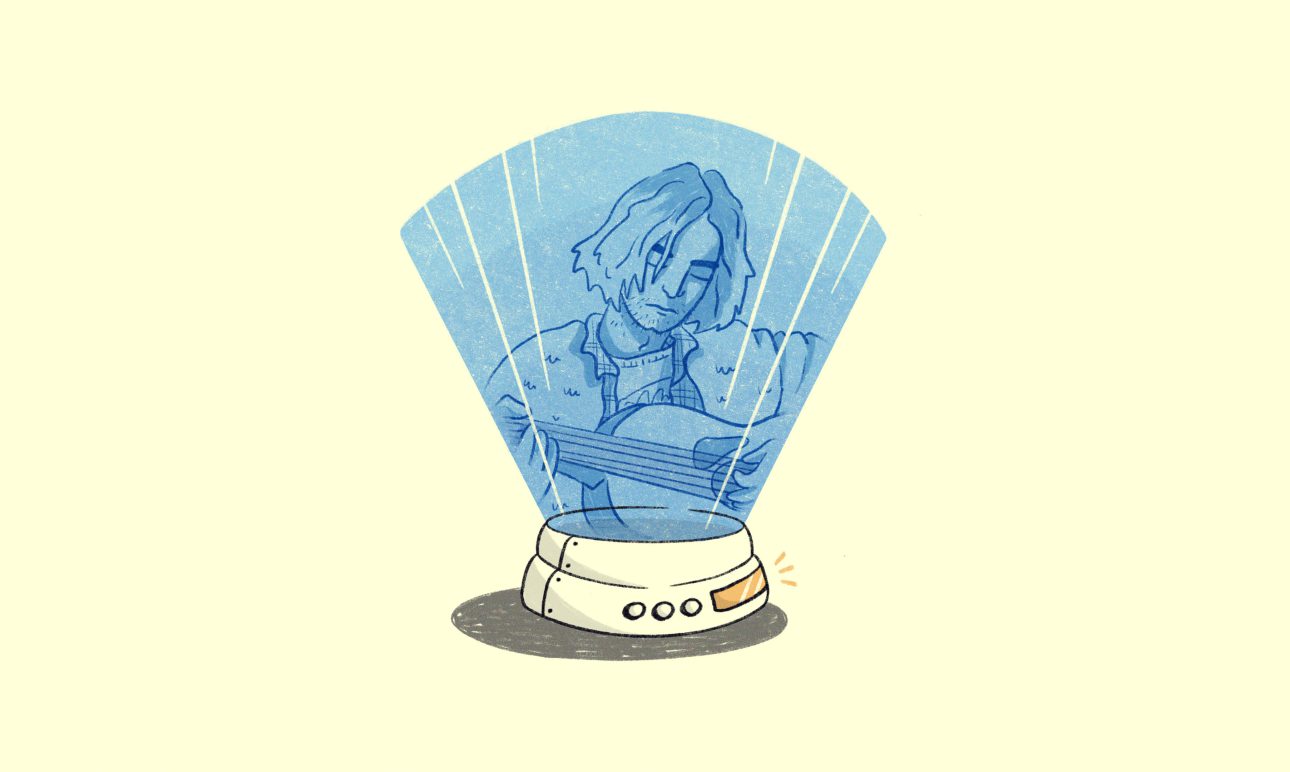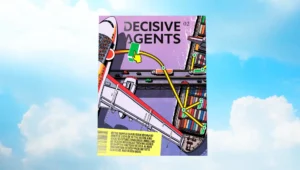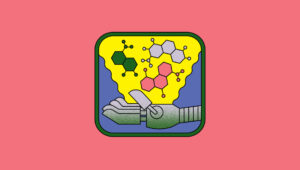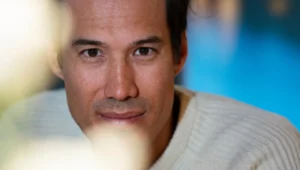“I’ve been here before, but not with you,” sings a familiar voice on “Drowned in the Sun,” a Nirvana-inspired song composed by AI.
Released 27 years after Kurt Cobain’s death, the song put a spotlight on mental health in the music industry where suicide attempts are more than double that of the general population, according Over the Bridge, the Toronto-based mental health organisation behind the project. “Drowned in the Sun” appears on the album “Lost Tapes of the 27 Club,” which also features AI songs in the styles of Jimi Hendrix, Jim Morrison and Amy Winehouse. These artists all died by suicide at the age of 27.
“To draw attention to this issue, we used AI to imagine what these artists might have created, were they still with us,” the project’s site explains.
“What if all these musicians that we love had mental health support?” asked Sean O’Connor, who led the project and sits on Over the Bridge’s board, in a Rolling Stone interview. “Somehow in the music industry, (depression) is normalised and romanticised … Their music is seen as authentic suffering.”
Songs were fed into Magenta, a Google TensorFlow neural network, in the form of MIDI, or Musical Instrument Digital Interface, files. The format encodes musical parameters such as pitch and tempo. Song components, like vocal melody or rhythm guitar, were fed in individually. Meanwhile, Magenta processed written lyrics separately.
The AI identified patterns so that when given a few notes or words, it could predict what might come next; in this case, chords and melodies, or lyrics, that could’ve been written by Cobain.
“If you put whole songs through, (the AI) starts to get really confused on what (it’s) supposed to sound like,” O’Connor said. “But if you just have a bunch of riffs, it’ll put out about five minutes of new AI-written riffs, 90 percent of which are really bad and unlistenable. So you start listening through and just finding little moments that are interesting.”
The team pored through “pages and pages” of lyrics for turns of phrase that syllabically fit the melodies before calling in Eric Hogan, frontman of an Atlanta-based Nirvana tribute band to channel Cobain’s singing style.
“We were positively overwhelmed, and humbled, by the conversation it sparked,” Over the Bridge said. “The outpouring of support and well wishes we received was astounding. Better yet, musicians reached out for support. And that’s what it’s all about.”




